Digging Deeper: How Invertebrates Improve Soil Health
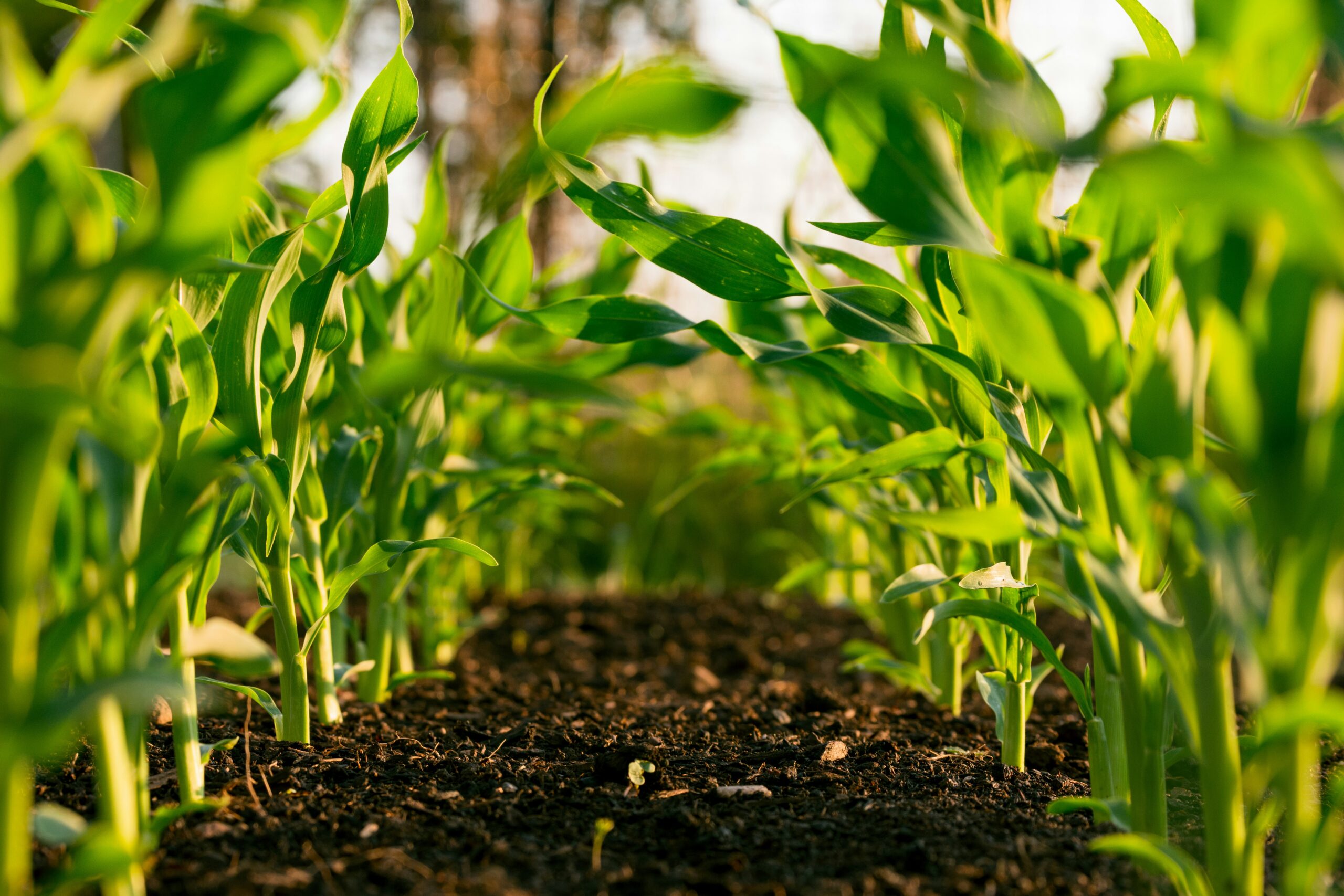
Image: Steven Weeks
Written by HCWG's Linden Hickson
When you think about beneficial organisms in the soil, your first thought is probably earthworms. These hungry little guys are ambassadors for soil health. Everyone wants them—they’re a sign you’re doing something right. They’re so popular that garden centers worldwide sell their droppings as a soil amendment. But who else is down there, hidden from the gardener’s eye? There’s actually a whole ecosystem of insect and non-insect invertebrates that work 24/7 to build our soil.
Before we talk about this network of tiny friends, let’s talk about soil. What is it? Well, it’s dirt, yes. But it’s more than that. The soil itself is an ecosystem. It is a complex network of air, water, minerals, organic matter, bacteria, fungi, insects, and other organisms. As gardeners, our goal should be to contribute to a diverse ecosystem that welcomes native species. An ecosystem that supports many different kinds of species has the best chance at discouraging “bad” ones from flourishing.
This food web does a good job illustrating the soil ecosystem:
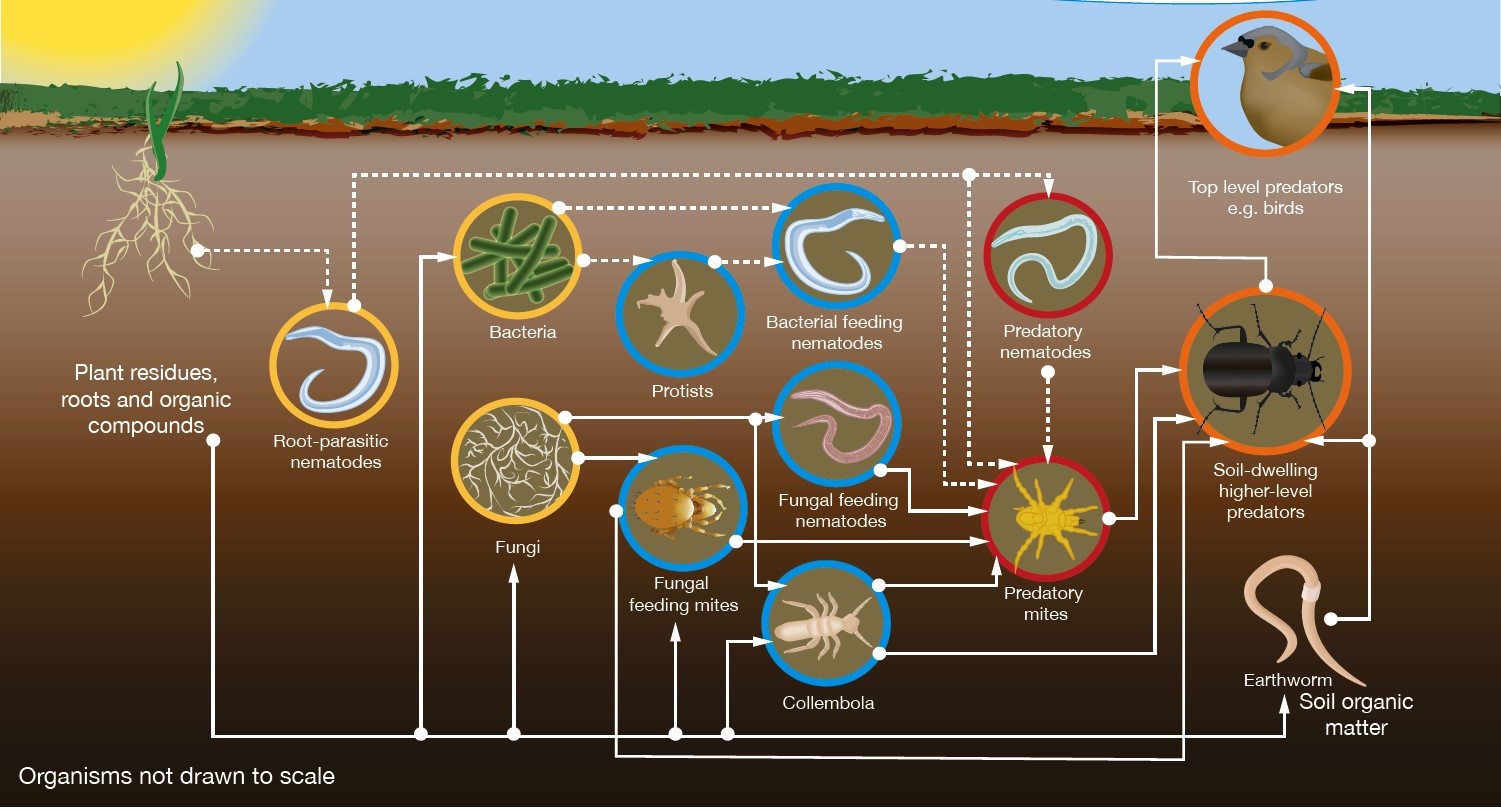
Image: AHDB
Everything begins and ends with plants when it comes to soil ecosystem nutrient cycling. Plants evolved to have complex relationships with fungi & bacteria. These beneficial microorganisms work to break down organic matter & make nutrients available to the plants.
To sum it up, everybody poops. Every time a detritivorous organism feeds, whether it be the tiny springtail or the larger dung beetle, nutrients are inevitably excreted in a form that is more accessible to plants. This is how nutrient cycling occurs. An organism feeds on decaying organic matter or another organism, it poops, then fungi & bacteria further breakdown those excretions. The plants uptake these nutrients, and those nutrients eventually come back to the soil via plant decay or animal droppings. This is why leaving the leaves is important for soil health! Decaying plant material is one of the building blocks for your little soil architects. Learn more about the benefits of leaving the leaves here.
Soil fauna accounts for 30-40% of the net nitrogen that's accessible to your plants. The rest comes from microbes or enzymes. Thus, supporting a diverse soil ecosystem is vital for plant health. This idea is supported by integrated pest management (IPM)–a modern pest control framework centered around holistic approaches to pest control. It all starts in the soil.
Now let’s meet some of our friends!
Earthworms
Earthworms are the most well-known of all soil-dwelling invertebrates. When earthworms tunnel through the soil, they leave behind channels that improve aeration, water infiltration, and root penetration. When they burrow up and down throughout the layers of soil, they mix organic matter in the soil which accelerates nutrient cycling. Their droppings, called castings, are full of essential nutrients and beneficial microbes.
Nematodes
Nematodes are a bit complicated. Basically, they’re microscopic worms. To simplify this discussion, let’s break them down into 4 categories: root-parasitic nematodes, bacterial-feeding nematodes, fungal-feeding nematodes, and predatory nematodes.
Root-parasitic nematodes are the bad guys. They feed on plant roots. It can be hard to diagnose this without uprooting a plant, but symptoms include unexplained dieback, chlorosis, yellowing, and stunted growth. Ask a nursery specialist if you have concerns about nematodes! These nematodes serve as a food source for beneficial organisms in the soil, so they have a role to play in soil health. Remember: a healthy, diverse ecosystem of soil-dwelling organisms is key to preventing bad ones from taking over.
Bacterial-feeding nematodes do just what the name implies: they feed on bacteria. They are the most common type of nematode. Through the process of feeding and excreting, they quickly make more nitrogen available to plants. Fungal-feeding nematodes, similar to bacterial-feeding nematodes, feed on fungal colonies and also aid in nutrient cycling.
Predatory nematodes are the nematodes you see for sale in garden centers. They eat the “bad” nematodes as well as harmful fungi and other root-feeding pests. They’re crucial for keeping soil microorganism populations in check, and their waste products contribute to nutrient cycling.
Pill Bugs
Pill bugs, or roly-polies, are very common invertebrates. They’re not actually bugs at all! They are isopods and are more closely related to shrimp than insects. While they will feed on living plant matter from time to time, their main diet consists of decaying organic matter. They require damp conditions to survive, so you’ll often see them under mulch, potted plants, or logs.
Pill bugs are powerful & efficient detritivores–quickly feeding on dead plant material & animal waste and turning it into accessible nutrients for plants. They also contribute to soil aeration as they burrow several inches into the ground. It was recently discovered that they are able to take up heavy metals in the soil and crystallize them in their guts. This role, which prevents these highly toxic substances from leaching into groundwater, is uniquely important.

Image: Epic Gardening
Springtails
Springtails are tiny, non-insect arthropods. The class they belong to, Collembola, is considered ancient and primitive. They are older than the dinosaurs, and, despite having survived multiple mass extinction events, have evolved relatively little. These living fossils have been building soil for over 400 million years! Let’s hope they never retire.
Springtails, like most of the organisms discussed here, feed on decaying organic matter and fungi. They require moist conditions to survive but will move away from an area if it stays soggy for too long. Their secretions stimulate microbial activity, which amplifies decomposition & nutrient cycling rates. Small organisms, like springtails, are important for improving soil texture since they help turn larger particles into smaller ones. Small particles have more surface area for soil microbes to colonize.
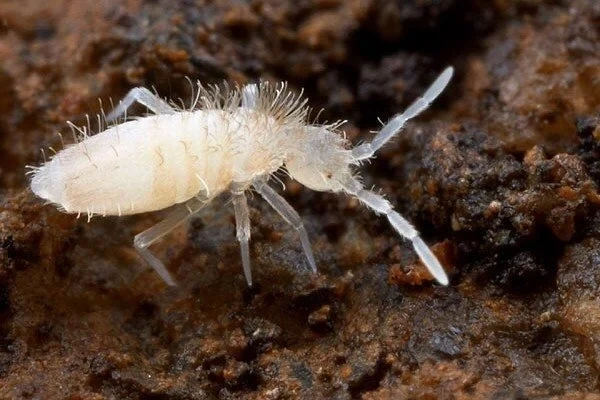
Image: Microgreening
Ants
When you think about soil-dwelling organisms, most people wouldn’t consider ants to be part of that equation. Unfortunately, the most common ant we see nowadays is the invasive, imported red fire ant, and they are undoubtedly a pest. However, ants play an important role in soil health! Their underground tunnels help aerate the soil, improve the facilitation of water, and stimulate plant growth through nutrient cycling. Ants carry organic matter back to their nests, and their waste products mix into the soil when it rains.
If you’re unfamiliar with ants, I advise that you try to (safely) get a proper ID before treating ant colonies. No invasive fire ant is welcome in Central Texas. The active ingredient in most ant baits can wreak havoc on all sorts of soil-dwelling insects, so proper usage and dosage is encouraged to limit unintended consequences. You can also drench the area with diluted (1 oz per 1 gallon of water) orange oil to encourage ant colonies to move out of a high traffic area.
Earwigs
First things first! Earwigs do not climb in your ears and eat your brain. Unless your head is full of mulch, they have no interest in you. I promise. They do look creepy, but they pose no threat to humans. Their pinchers can hurt a bit, so I wouldn’t go picking them up.
Earwigs are one of many types of insects that primarily consume decaying organic matter. They may feed on living plant tissue, and some are omnivorous and will hunt living arthropods, but they are rarely considered a pest. They are nocturnal, so you may never see them unless you lift an old log or plant pot. Nonetheless, when their population is kept in check (by predators like lizards), they are beneficial insects that improve soil composition & texture.
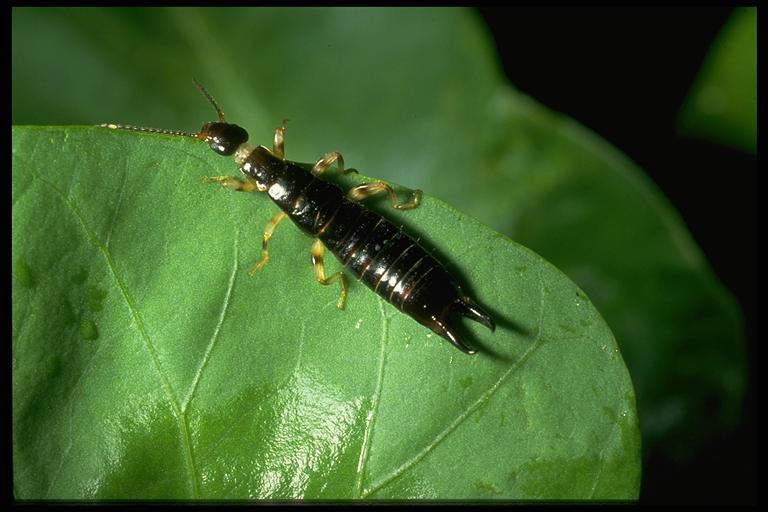
Image: Drees
Beetles
Okay, I know what you may be thinking… “I don’t want grubs in my yard!” That’s a valid concern, but hear me out. Beetles are the most numerous and diverse group of insects on earth. There are nearly 400,000 known species, which is roughly 25% of all known animal species on Earth. They come in all shapes, sizes, colors, and lifestyle habits.
Soil-dwelling beetle larvae, when kept at reasonable numbers, are beneficial to your soil. Similar to earthworms, these grubs help break down organic matter and aerate the soil. Predatory nematodes, other beetles, birds, and parasitic wasps all do their part in keeping grub populations under control (usually). This is why it’s important to support a diverse ecosystem above and below the soil surface!
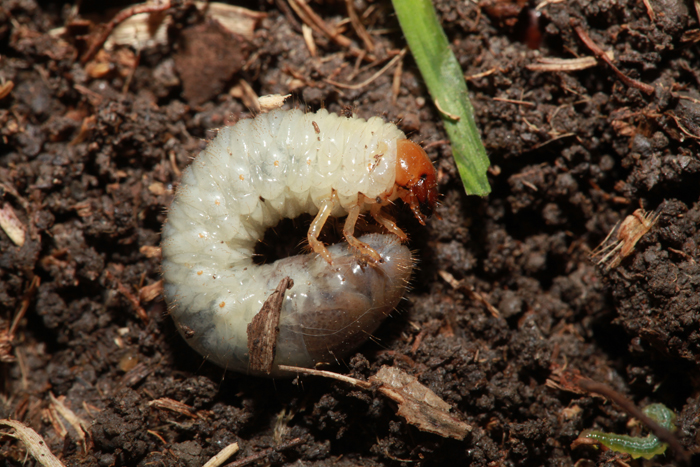
Image: Texas A&M AgriLife Extension
Millipedes
While millipedes resemble centipedes, they live completely different lives. Firstly, millipedes cannot harm you. Well, unless you eat one since some of them release cyanide compounds from their bodies when threatened. So… don’t lick them. To tell the difference between a centipede and a millipede, look at the shape. Millipedes are tube-shaped, have 2 pairs of short legs per body segment, and have short antennae. Centipedes are flat, have 1 pair of long legs per body segment, and have long antennae. It’s easy to tell with Texan species, but it can be a bit more challenging when you go to tropical climates.

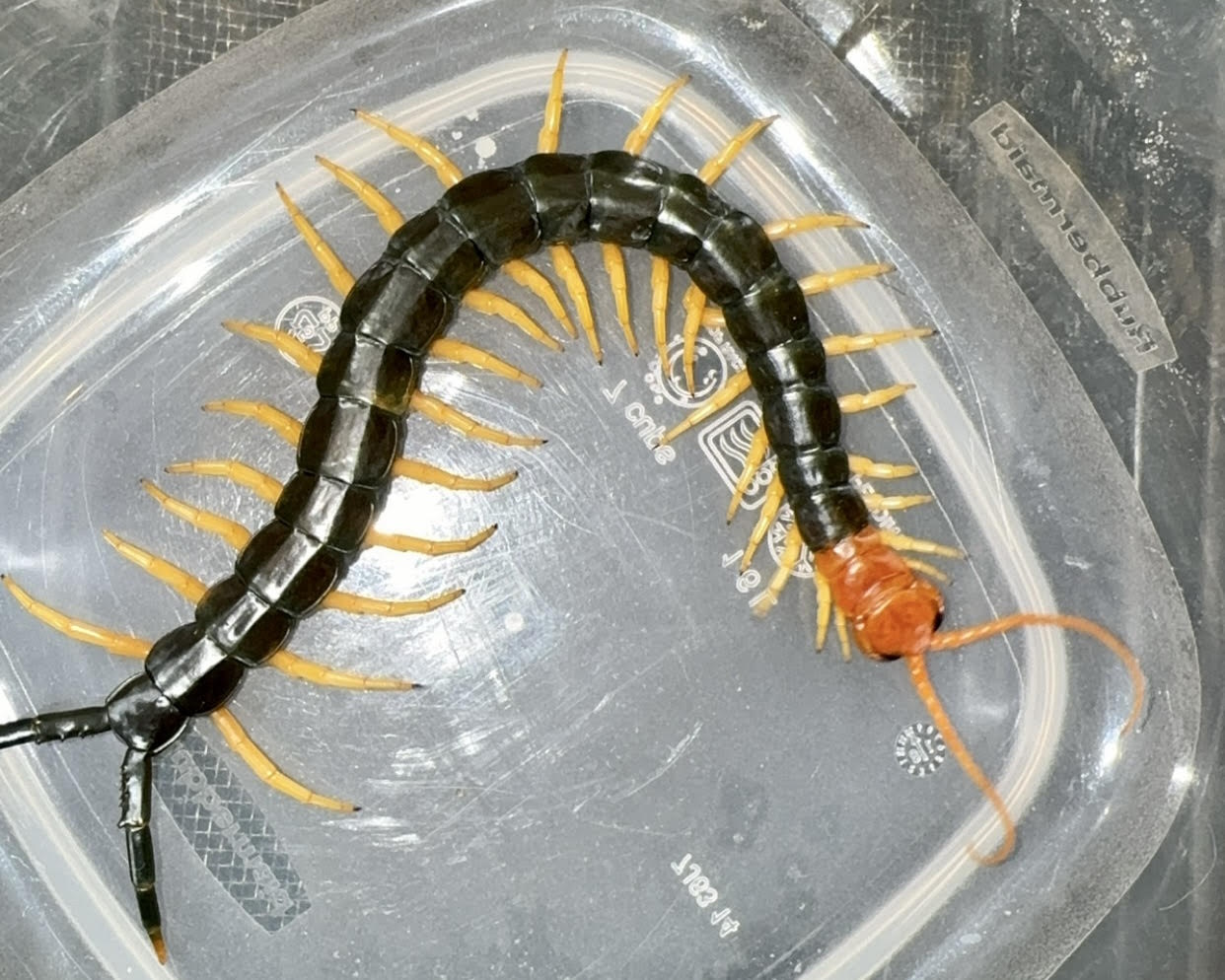
American giant millipede
Image: Linden Hickson
Texas redheaded centipede
Image: Linden Hickson
Both of these types of creatures contribute to soil health in different ways, but the role millipedes play is more direct. They’re detritivores, feeding on organic matter and releasing it back to the earth. Much like the other organisms in this discussion, they thrive in dark, humid locations.
Predatory Mites
Predatory mites are the underdogs of the soil community. No one thinks about them, but they work long hours to make sure that none of our detritivores or nematodes become too densely populated. As they feast upon pest and non-pest organisms, they too contribute to nutrient cycling. A lot of IPM programs integrate predatory mites in order to limit pest activity (thrips, fungus gnats, spider mites, etc.). They are ferocious little friends, active both above and below the soil surface depending on the species and its diet.
What can I do to support a healthy, diverse soil ecosystem?
Our choices play a key role in determining what our environment looks like. Nearly every square foot of the Earth’s surface has been permanently changed due to human activity. Now that we’ve met some of our lovely little garden helpers, what’s next?
Avoid chemical fertilizers & pesticides at all costs
We at Hill Country Water Gardens & Nursery swear by the Microlife products for good reason! They are packed with macro & micronutrients for both your plants and soil organisms. Keeping plants healthy can limit a lot of pest issues, but if one does arise, don’t panic. Using the IPM triangle, we will guide you toward solutions that avoid damage to the soil ecosystem. Come see us, or text us at (512) 560-6788.
Compost regularly (& leave the leaves!)
Adding organic matter and leaving what you already have gives your soil organisms a balanced meal year round. Our soil generally lacks organic matter, so if you can’t remember the last time you put down compost, come and get a bag! Your soil-dwelling friends will thank you. Microlife Humates Plus is a wonderful addition as well.
Use cover crops during the off season
Cover crops prevent erosion, provide organic matter, keep that soil ecosystem active between growing seasons, and may fix nitrogen in the soil (legumes!).
Minimize soil disturbances
Avoid heavy foot traffic, tilling, etc. Soil organisms are working hard to aerate your soil, and compacting it or disturbing it will undo months of their hard work.
Mulch heavily
This will help maintain soil moisture, give decomposers something to eat, and help to avoid drastic temperature changes in the summer & winter.
Water properly
As we established, most of our soil architects need evenly moist conditions to survive and flourish. Long, slow, & gentle soaks when you irrigate is the best way to ensure soil is evenly moist.
Prioritize diverse plantings
Mix perennials, vegetables, annuals, grasses, and evergreen shrubs together when possible to provide the most diverse habitat possible. Rotating crops like tomatoes is important too. Crop rotation means you don’t plant the same thing in the same section every year. Interspersed legumes like bluebonnets are a great addition for improving soil composition!
Further Reading
Silent Spring by Rachel Carson – An obvious choice, but an important one. This is a life-changing read if you care about the environment. Carson’s work challenged traditional pesticide use & helped establish the modern environmental movement. Chapter 5, “Realms of the Soil”, is especially relevant. Not much of a reader? The audiobook is great too!
The Teaming series by Jeff Lowenfels & Wayne Lewis – A staff favorite! A wonderful introduction to the science of nutrients, fungi, bacteria, and microbes. If you’re a fellow nerd, run, don’t walk, to your local bookstore.
Never Home Alone by Rob Dunn – Recommended to me by Mike Serant of Microlife, now to you! As a warning, you will never look at your home the same again after this book. If bugs seriously creep you out, maybe skip this one for now. You’ll get there.
Related Blog Posts
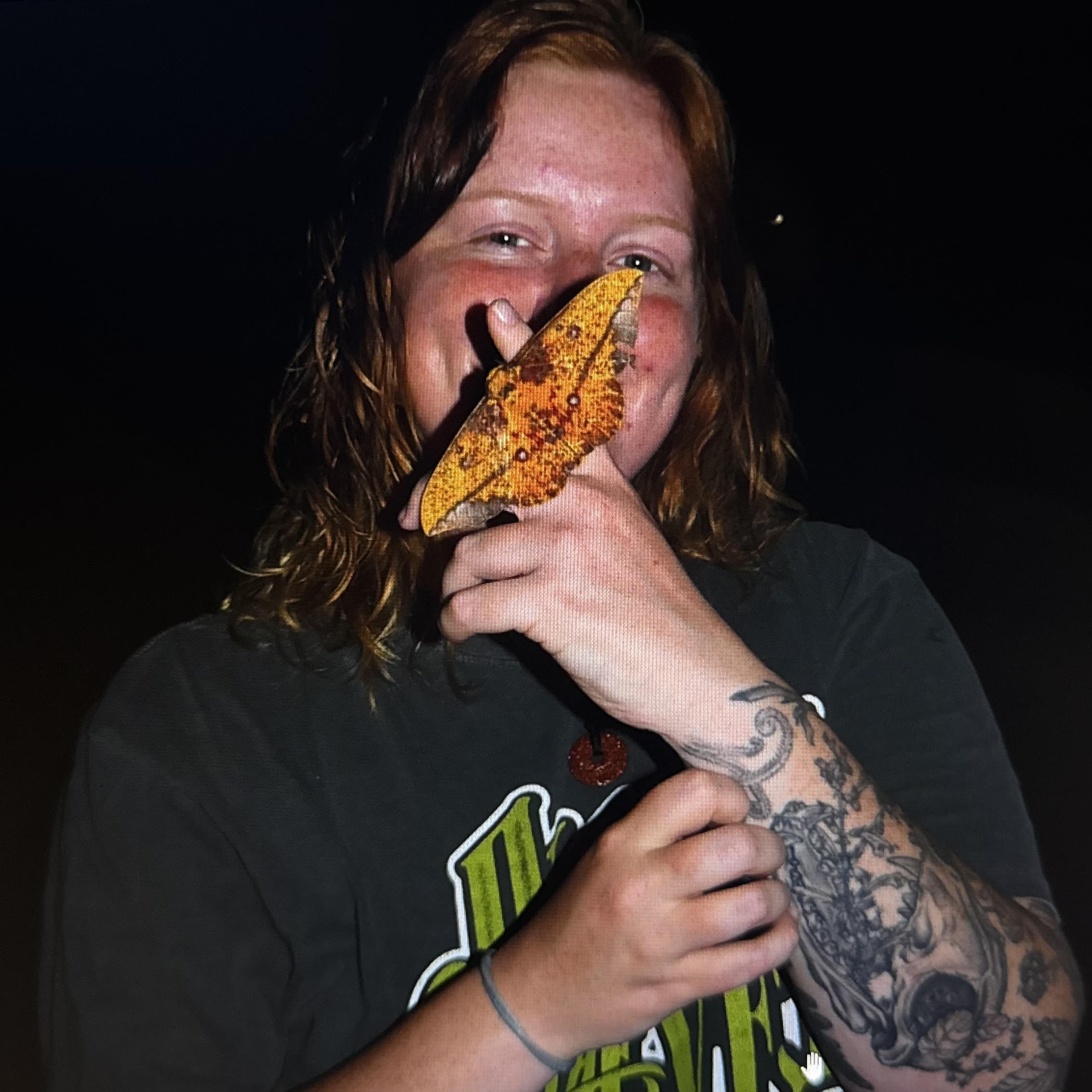

You must be logged in to post a comment.